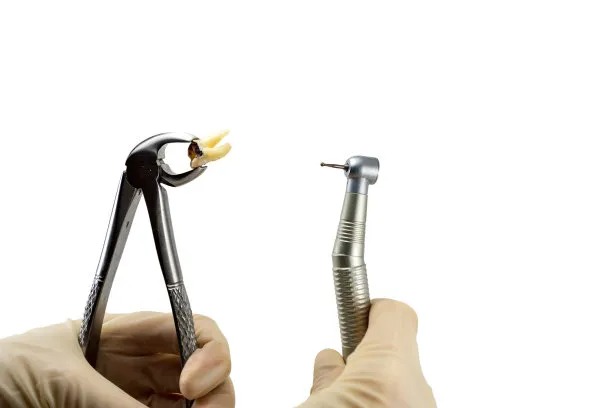The Importance of Proper Techniques and Aftercare When You Need to Extract a Tooth for Dental Health
Summary: Proper tooth extraction techniques and aftercare are crucial for maintaining dental health. This article explores the importance of employing suitable methods during tooth extractions, emphasizing both immediate and long-term outcomes for patients. The four key aspects covered include the significance of skillful techniques, the role of anesthesia, appropriate aftercare methods, and potential complications from neglecting either. By focusing on these areas, we highlight the essential practices that dental professionals and patients should prioritize, ensuring a smoother extraction process. Each section provides insights that can help improve dental outcomes and overall health.
1. Significance of Skillful Extraction Techniques

Tooth extraction is a common dental procedure that requires proficiency and expertise. The dentists technique plays a pivotal role in determining the outcome of the extraction. For instance, proper handling of the tools and the surrounding tissues minimizes trauma and promotes healing. When dentists use appropriate methods, they not only reduce discomfort for the patient but also prevent unnecessary damage to adjacent teeth and gums.
Furthermore, adept techniques help mitigate the risk of complications such as dry socket—a painful condition that occurs when the blood clot at the site of extraction dislodges prematurely. Skilled extraction ensures that the gum tissue remains intact, facilitating a swift recovery and reducing the need for additional dental interventions.
Ultimately, investing in experienced dental professionals who prioritize proper extraction techniques can lead to better experiences and outcomes for patients, highlighting the importance of choosing the right provider.
2. Role of Anesthesia in Tooth Extractions
Anesthesia is a crucial component of the tooth extraction process, ensuring that patients remain comfortable and pain-free during the procedure. The type of anesthesia chosen—local, sedation, or general—depends on the complexity of the extraction and the patients anxiety levels. Local anesthesia is often sufficient for simple extractions, providing effective pain control while allowing the patient to remain conscious.
For more complicated extractions, such as impacted wisdom teeth, sedation or general anesthesia may be necessary. These options help alleviate patients fears and discomfort, allowing the procedure to proceed smoothly. Inadequate anesthesia can lead to excessive pain and distress, often causing patients to avoid dental care in the future, thus impacting their overall dental health.
The proper administration of anesthesia is vital for a successful extraction; therefore, discussing anesthesia options with the dental professional is essential to ensure an optimal experience.
3. Effective Aftercare for Optimal Recovery
Aftercare plays a significant role in the recovery process following a tooth extraction. Patients should follow their dentists post-operative instructions closely to promote healing effectively. Key practices include maintaining oral hygiene, avoiding certain foods, and managing pain with prescribed medications. Cleaning the extraction site gently helps prevent infection, while avoiding hard or acidic foods minimizes irritation to the area.
Patients should also be informed about the signs of complications, such as persistent bleeding or swelling. Educating them on what to expect during the recovery phase can foster more proactive communication with their dentist, allowing for timely intervention if issues arise.
Using cold compresses to reduce swelling and taking prescribed pain medication as directed are also essential steps in the aftercare process. Adhering to these guidelines directly correlates to how quickly and smoothly patients recover, reinforcing the importance of effective aftercare.
4. Complications from Neglecting Techniques and Aftercare
Neglecting proper extraction techniques and aftercare can lead to various complications that may extend recovery time and negatively impact overall dental health. For instance, inadequate technique during extraction can result in broken roots, leading to additional procedures and greater discomfort for the patient.
Additionally, poor aftercare practices—such as ignoring oral hygiene or failing to avoid strenuous activities—can lead to infections, prolonged bleeding, or conditions like dry socket. These complications not only prolong the recovery period but also increase the need for follow-up visits, thus contributing to higher healthcare costs.
By understanding the importance of proper techniques and aftercare, patients can be empowered to take an active role in their dental health, resulting in improved outcomes and a reduction in complications.
Summary:
In summary, proper techniques and aftercare in tooth extraction are paramount for ensuring optimal dental health. Understanding the significance of skilled extraction methods, effective anesthesia, diligent aftercare, and awareness of potential complications can greatly improve recovery experiences for patients.
By prioritizing these elements, both dental professionals and patients can work together to foster better dental health outcomes. Following these guidelines can lead to a healthier, pain-free future.
This article is compiled by Vickong Dental and the content is for reference only.



